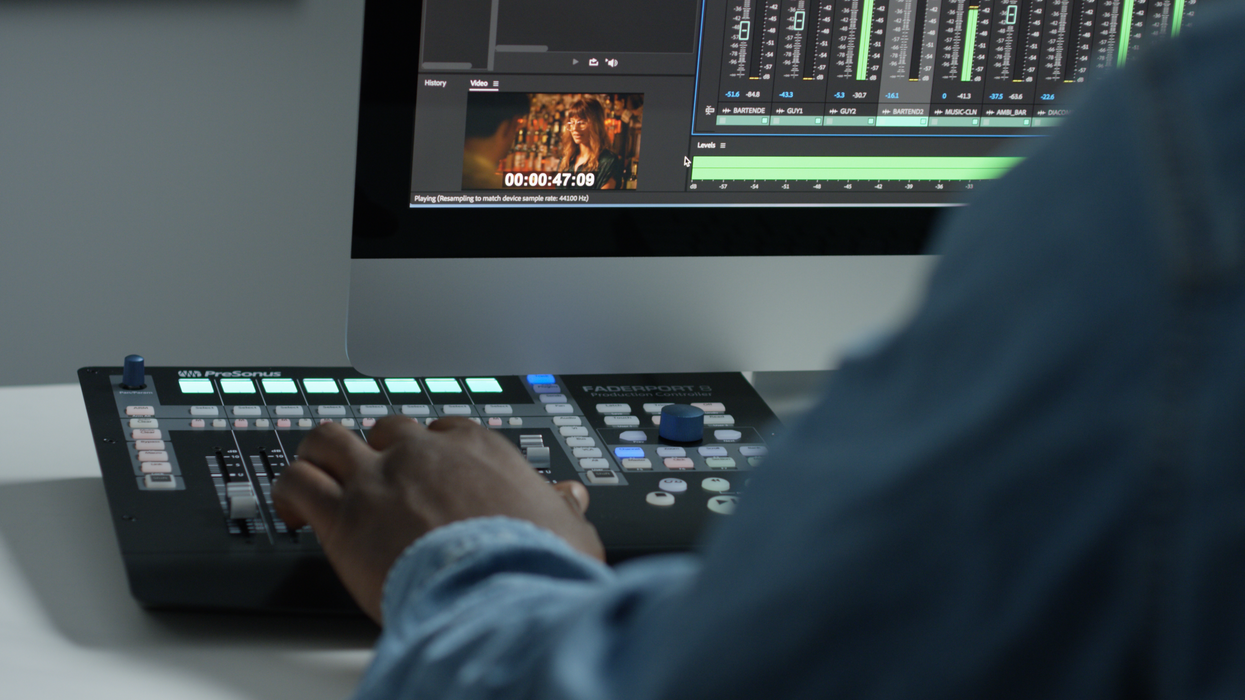Adobe Pushes Hard Into the Cloud to Speed Up Workflows and Improve Collaboration
Adobe rolls out a host of new updates this week at Adobe MAX with a larger focus on the "cloud" part of Creative Cloud.

When Adobe went to the Creative Cloud, the major change was the move to the still surprisingly controversial subscription-based pricing model. Most software functions remained firmly local, on your machine and not on the cloud at all. However, between the cloud storage and the branding, it was likely that Adobe would work to move some of their software functions onto a cloud platform similar to something like Google Docs, and with the newest releases from Adobe MAX this week, we are seeing that implementation with a huge push towards moving Lightroom onto the Cloud with the new Lightroom CC.

After an already impressive set of video-focused updates last month, the announcements this week from the MAX convention in Las Vegas are relatively thin for the purely filmmaking-focused tools. Character Animator, a popular tool for creating simple animations driven by video, has left Beta to become a final release. Audition now uses Adobe Sensei, the AI tool, to auto-duck music behind dialogue and other sound elements, and has added Mackie HUI hardware platform support.

The big news in this wave of updates are heavily photography focused, but they impact filmmakers in a few key ways. First, still photos remain one of the key ways that communication happens between the set and base camp, including clients and post team members. By moving the ability to manage a catalogue and manipulate the images to the cloud, it should be easier for filmmakers to communicate with far-flung decision makers.
Sending through reference images and getting notes that they feel "too dark" or "too warm"? Rather than relaunch Lightroom on your local machine, re-color, re-export, and re-upload, those tweaks can take place in the app. With apps for your desktop, your mobile device, or the web, the ability to share photos easily and tweak them dynamically while saving several steps will be a huge bonus to many cinematographers, colorists, and directors communicating their vision with teams.

This is especially useful since Lightroom (or, as Adobe is now calling it, "Lightroom Classic," with shades of 30 Rock and Coca-Cola) has traditionally been resource intensive, and while Adobe brags that it is faster in its new release, it's still going to require a lot of system power. RAW image files can slow your system down, especially on a laptop, and there are countless tutorials on the web devoted to tricks to speed up Lightroom because of its sluggish nature. By moving that processing power to Adobe web servers, which can be optimized for the task, users should notice much less lag in Lightroom when making those tweaks on the go.
The ability to have your RAW masters saved on the cloud and use your phone to make edits will be a huge timesaver. The workflow appears to involve Adobe generating a lower-res version for your mobile device and then syncing it with the high-res version on the server, so there might be some lag, but even if there is a touch of lag, the time savings in the number of steps avoided will be worth it.

These announcements also hint at where Adobe is headed in the future. While Creative Cloud has traditionally had a 20GB file storage standard, which makes it not ideal for video projects, the new Photographers Plan offers a 1TB option. This is huge since it will allow exhaustive catalogues to live online for a project. You could create a library of all your location stills from scouting on the platform, and color correct those stills in the platform to help your team identify your plans for the project.
Most enticingly, 1TB is enough storage that, if Premiere Pro CC moves in the same direction, small video projects could easily live in the cloud, allowing for remote editing. For every editor who has had to go back to the office for a new export on a weekend because someone updated a graphic or noticed a problem in a subtitle, the ability to make those small tweaks from your mobile device will be huge. We aren't there yet, video has a ton more complications that will take longer to implement than still photography, but this release tells us we aren't that far away.
Currently, the report says that RAW photo formats will be supported, but it remains to be seen which RAW formats will be supported and if that support will be updated as frequently as it was with Lightroom Classic.
For more information, check out Adobe's Creative Cloud page.











